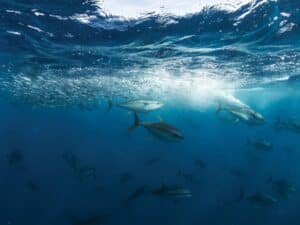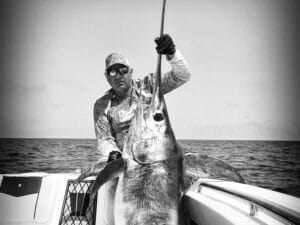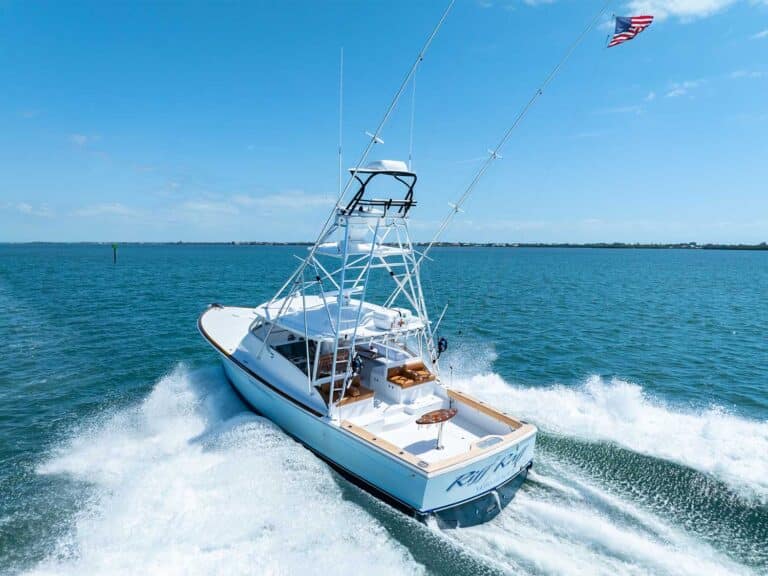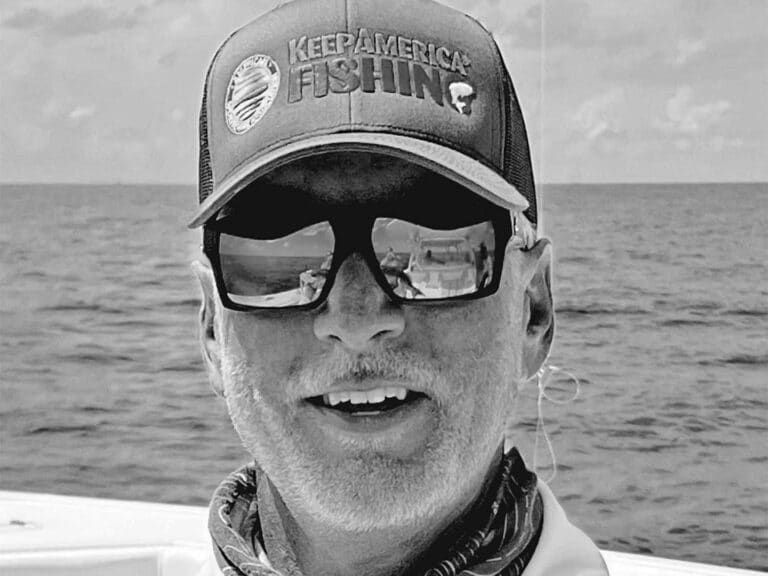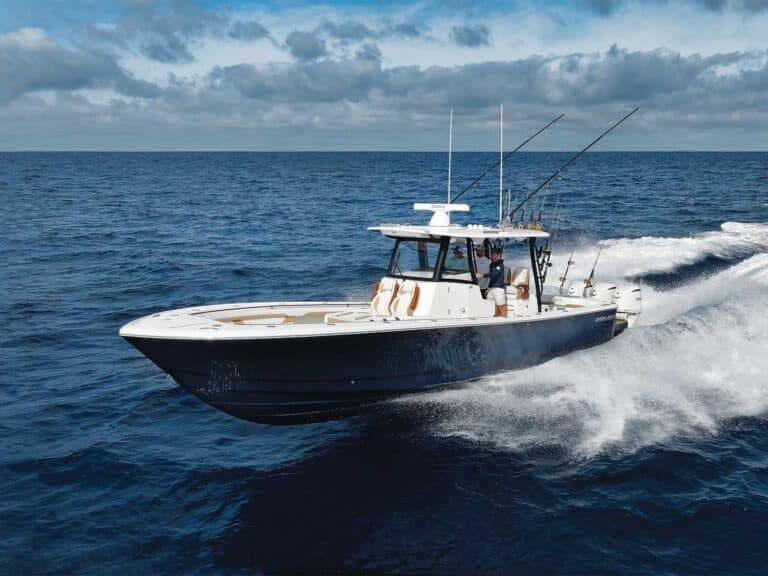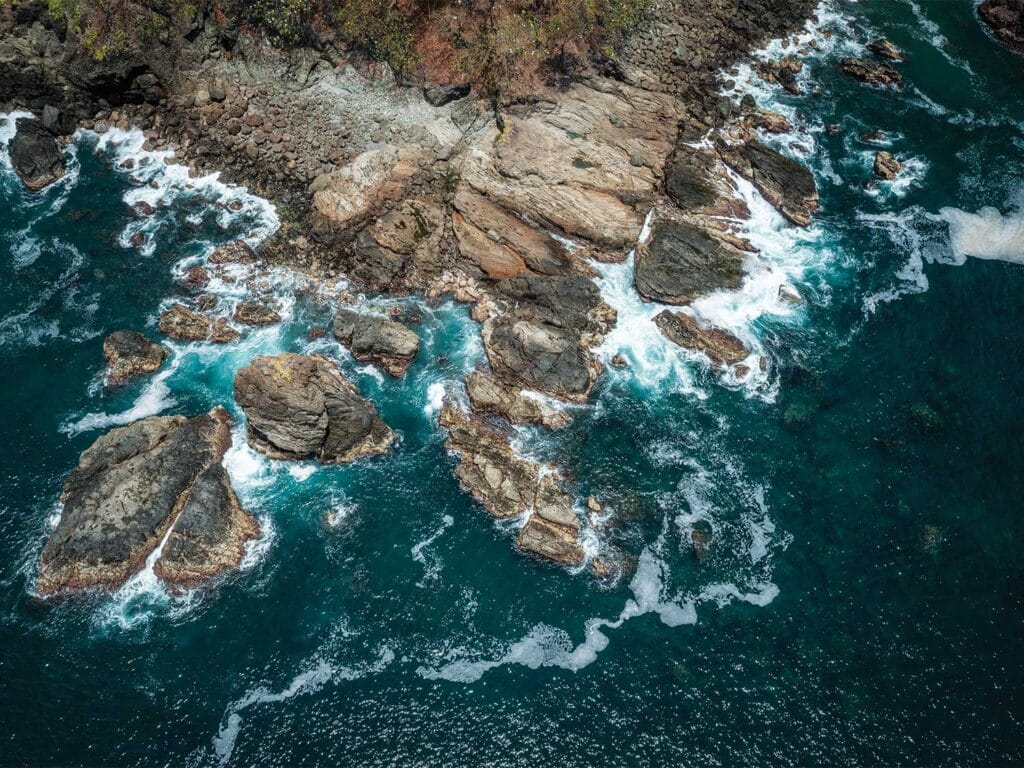
Special delivery: Sign up for the free Marlin email newsletter. Subscribe to Marlin magazine and get a year of highly collectible, keepsake editions – plus access to the digital edition and archives.
When you read about Casa Vieja Lodge’s 70 sailfish days, the grand slams caught by Tropic Star’s fleet, or the incredible frequency with which the Sport Fish Panama Island Lodge puts anglers on 200-pound yellowfin, it can be easy to overlook all the legwork and mountains of logistics that made this possible.
When you hear about Mag Bay Lodge putting anglers on piles of striped marlin thick enough to walk across or Fish Colombia’s piles of monster dorado, you might think that getting here was easy. Then there is Capt. Tom Francis and Sea Wolf and Ultimate Lady, which wrangle blue marlin and tuna across perhaps the remotest and most expansive (and fishiest) blue wilderness on Earth in the South Pacific.
Reading about what these operations catch makes it look easy. Nothing could be further from the truth. Part fishing story, part dream brought to life, part master class in logistics and execution, this is the story of the remote fishing lodge. It is related in terms of lessons described by those who know them best.
Introducing the Remote Fishing Lodge
To understand what goes into making remote fishing hospitality possible, we spoke with six operators who do it as well as anyone. While the exact combination of factors that go into each scenario is unique, these operators have a few things in common. Most fundamentally, the remote fishing lodge provides an incredible service.
Doing so takes a certain kind of person—with a certain kind of vision and plenty of persistence. It takes gumption and dedication to transform remote fishing into replicable hospitality experiences at scale. It also takes enough logistics to make your head spin.
Successful operation means bringing people in, feeding them, and keeping the lodge and boats maintained and fueled. Doing this time and again, week in and week out, season after season, can be challenging anywhere—let alone when doing so requires barging in fuel, shuttling passengers, and hiring, housing and feeding all the specialized personnel needed to keep boats running and catching fish.

Tahiti Sport Fishing: The Right People for Remote Places
When it comes to combining high-level operation and super-remote places, few compare with Capt. Tom Francis and Sea Wolf and Ultimate Lady. Operating across the vast expanse of French Polynesia, Francis and company put anglers on incredible experiences in some of the most remote fisheries on the planet. His approach illustrates the importance of self-sufficiency.
“We operate all around French Polynesia. There are five groups of islands—the Society Islands, the Tuamotus, the Gambiers, the Austral Islands and the Marquesas,” Francis explains. “Guests fly into Tahiti [Tahiti is the largest island in French Polynesia]. French Polynesia has incredible infrastructure. There are flights into all the main island groups that we fish. We can fly guests in or bring in parts and provisions. The Marquesas are one of the most remote islands in the world, but we still have daily flights.”
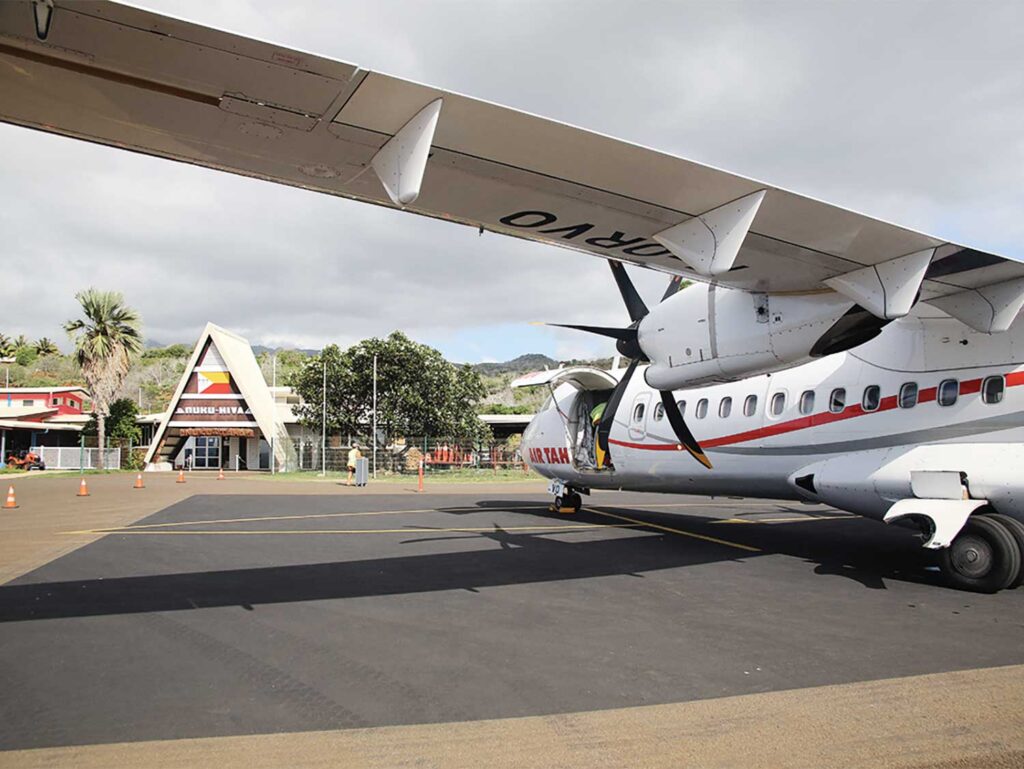
Even with the connectedness of airlines, Francis and crew are the ones who maintain and fix their equipment. “We keep things running. It’s a hard thing. You need someone who’s good at everything,” Francis says with a laugh. When you live aboard a mothership, the crew must wear many hats.
“There are three main aspects: fishing, the guest liaison/hospitality aspect and the running of the boat. It’s very difficult to get all three to a high level. We tend to focus on people who are great to be around. We can teach the fishing,” Francis says. “But they have to want to learn the fishing. If you don’t, you’ll find this job very boring.”
Francis’ description of buying provisions from the weekly farmers market that takes place every Sunday morning in Tahiti is captivating enough to have made Anthony Bourdain a marlin fisherman. Francis and crew transform local delicacies such as Tahitian doughnuts, Chinese-style crispy smoked pork belly, croissants and regional sashimi variants (raw fish that’s been marinated in prawns served with shredded coconut) into Sunday brunch. Unique and interesting food is part of the charm of the fishing travel experience.
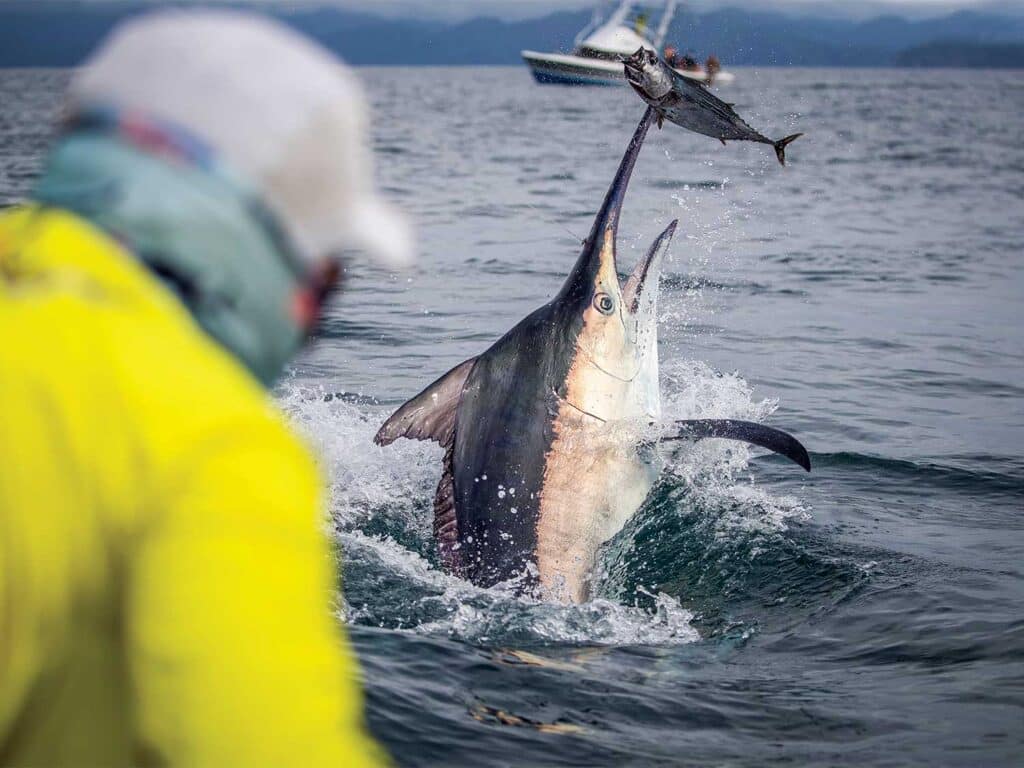
Tropic Star Lodge: Repowers, Capacity and Piñas Bay
Located in the Darién region of Panama since 1963, Tropic Star Lodge is undergoing a period of marked improvement and expansion. “We have been repowering our fleet with Volvo Pentas and have been really happy. We bought 36 engines. We’ve done complete refits on 15 of our boats, enclosed some with AC. They are quieter, faster and more efficient,” explains Ursula Marais, CEO of Tropic Star. “It’s really opened up the blue-marlin grounds.”
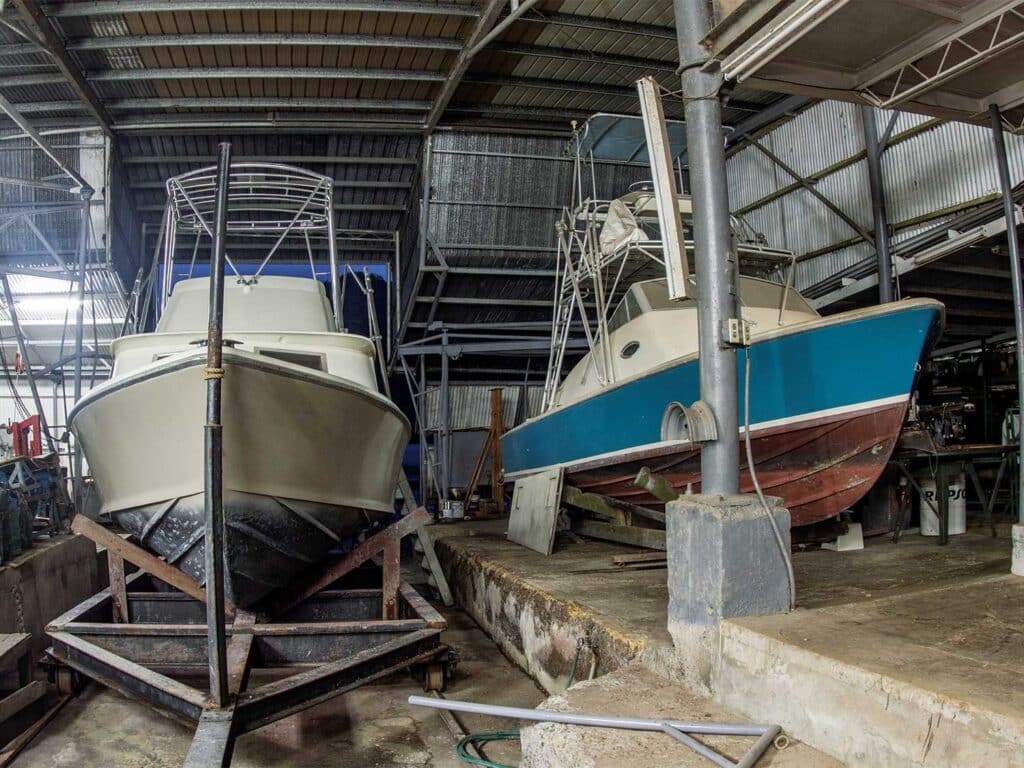
Given the scale of its operation—and just how remote it truly is (there are no roads within 100 miles of the lodge)—Tropic Star’s logistics are remarkable. “We bring up to 45,000 gallons of diesel per month. That includes sales to visiting private boats, diesel for lodge boats and to power the generators,” Marais says.
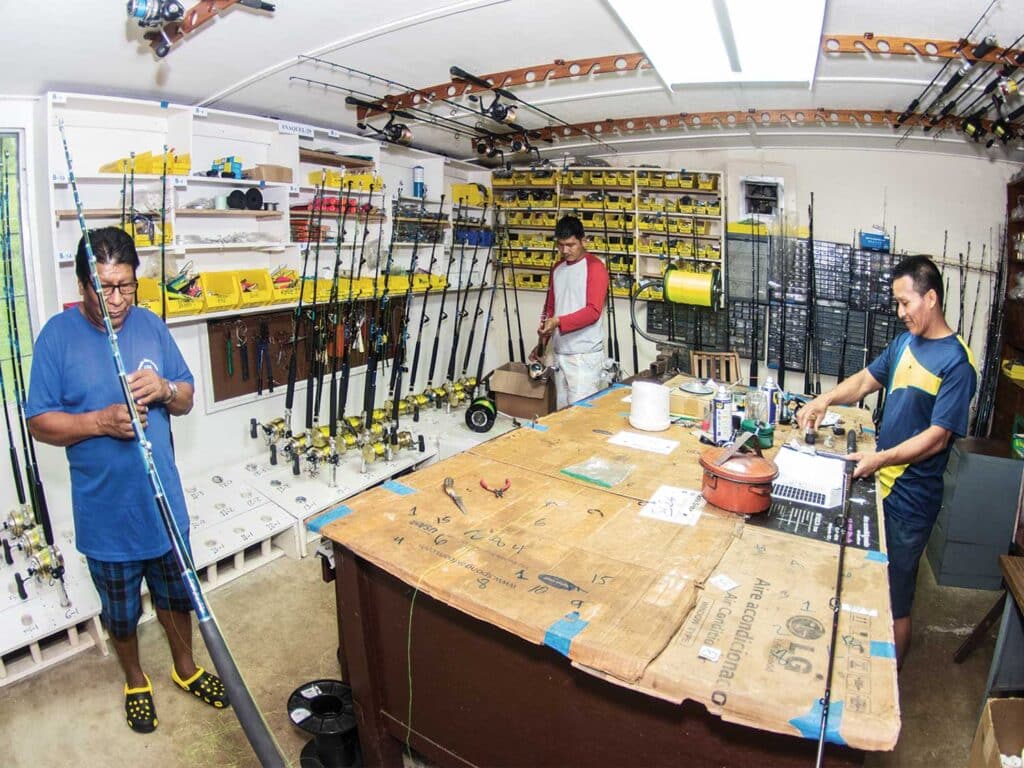
Tropic Star hosts around 1,800 guests per year. Feeding guests and staff is an undertaking in itself. “We make everything. Bakers come in at night and work through the night to bake bread and make crew and boat lunches,” Marais explains. “We bring in fresh fruit and vegetables on planes weekly. Everything else comes on a cargo vessel. We have a walk-in fridge and a walk-in freezer on the cargo boat. That boat runs every 10 or 14 days.”
Tropic Star also enjoys a unique relationship with the village of Piñas. “Around 10 percent of our workers are foreign; the other 90 percent come from the village. We run the lodge like a school. Many of our staff start young, learning their aptitude and what they like to do,” Marais explains. “They train and through time become experts.”
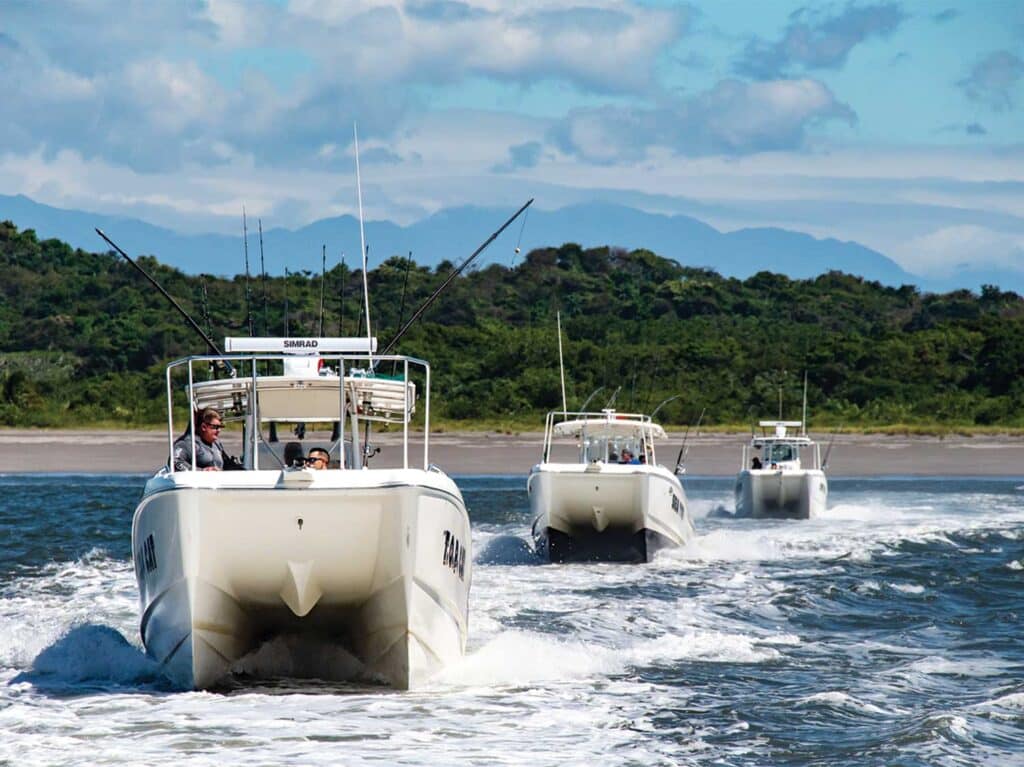
Sport Fish Panama Island Lodge: Fine-Tuned for Fishing
Capt. Shane Jarvis and his family own and operate Sport Fish Panama Island Lodge on Isla Parida. Located near Coiba Island, 12 miles offshore of mainland Panama in the Gulf of Chiriquí, the region is home to diverse fishing opportunities across a wide expanse of open water, islands and rocky pinnacles. To be able to take full advantage of everything from roosterfish to black marlin, Sport Fish Panama Island Lodge’s fleet illustrates an important consideration of the remote fishing lodge: being well equipped for the place that you fish.
The lodge runs five 33-foot power catamarans (four WorldCats and a Freeman). Not only are these boats fast enough to run to Coiba Island, some 42 miles from the lodge, or Hannibal Bank, but they are stable and maneuverable—great for working schools of tuna that swim with pods of dolphins. The open bows are good for many things—stand-up on black marlin, jigging and casting to rocky shorelines. The boats seem to belong here.
Jarvis and his team take the same organic approach to their land-based facilities. The Sport Fish Panama Island Lodge hosts 11 rooms in four guest houses. Much of the lodge is built of materials found on the island. That a trip to the lodge means staying in a house made from milled tropical hardwoods fashioned from trees that were harvested on the property (and built by people who work there) seems as fitting, natural and appropriate as eating sashimi prepared from the tuna you caught.

Casa Vieja Lodge: Sport Fishing at Incredible Scale
Casa Vieja operates a fleet of 10 classic sport-fishers. The scale of its operation is nothing short of incredible. With a capacity of 54 anglers, Casa Vieja averages around 3,200 guests per year. In 2024, lodge guests released some 20,168 billfish.
The scale of Casa Vieja’s operation—and the logistics involved in making it possible—is perhaps stated most clearly by the amount of bait required. Guess how many ballyhoo Casa Vieja used last year? (If it wasn’t printed here, you never would have guessed it!) It’s 120,000!
But it’s not just the bait that requires coordination. Casa Vieja handles everything for each and every one of its clients. Kristen Salazar, owner of Casa Vieja, explains, “You book your flight to Guatemala, and we take care of everything else. We shuttle guests to and from the lodge in Mercedes Sprinter vans. All the logistics are handled online. Once the guests arrive, they are met by our drivers in our vans. We 100 percent own everything involved. That’s rare.
Casa Vieja takes the same holistic approach to the maintenance of its fleet. “We have an entire boatyard and perform 100 percent of our own maintenance—engines, teak, fiberglass, electronics, everything. We service all our boats and other boats in Guatemala. We have 12 full-time employees in the boatyard. We’ve rebuilt and renovated every boat except one that we didn’t need to.
“We had to take this approach so that we have faith and trust that if something arises on one of our boats, our mechanics are ready and waiting. If necessary, they can work on the boat all night so that it’s ready to fish the next day.”
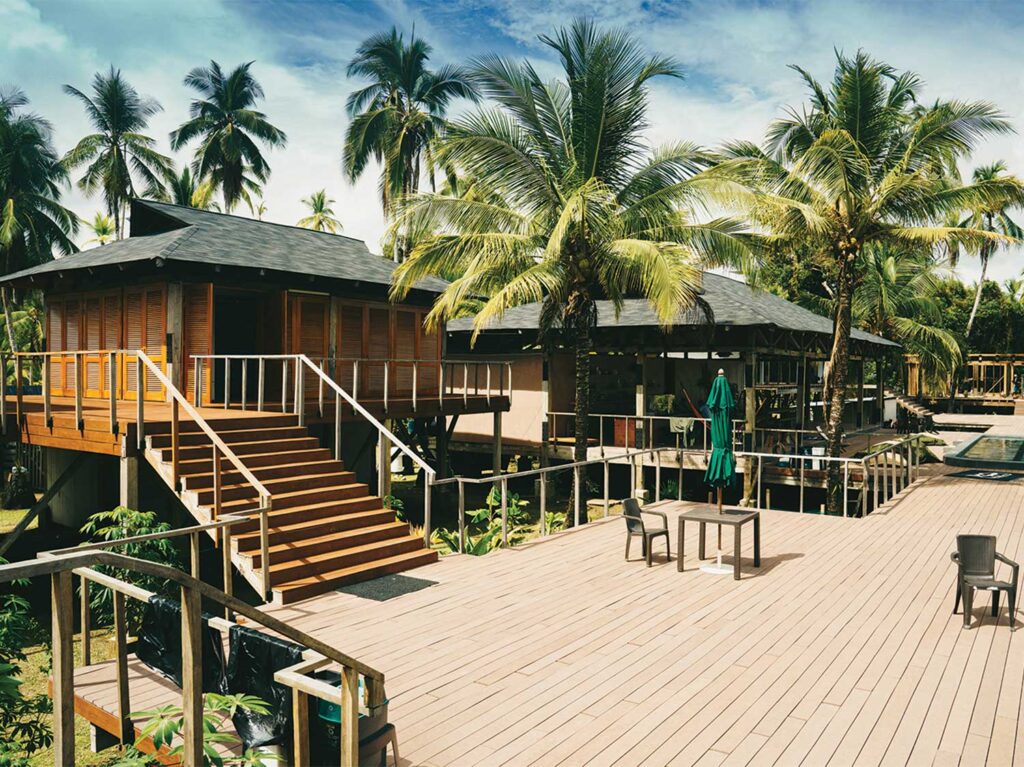
Fish Colombia: The Fusion of Local and Exotic
Beto Mejia started Fish Colombia 10 years ago. Two years ago, he added a saltwater operation, the Darien Lodge, located north of Bahia Solano. To get to the lodge, guests fly into Medellín and spend a night. The next day, they take a 45-minute flight to the ocean. With a guest capacity of 16 and a fleet of four boats, the Darien Lodge targets inshore and offshore species in a remote, undeveloped stretch of Pacific coastline.
This location presents challenges. “You have to really think ahead. We have fuel shipped a month ahead of time. We barge fuel 200 miles,” Mejia explains. “We run four center-consoles, each with twin Suzuki 200-horsepower engines. They are all the same.” This redundancy of equipment helps maintenance and decreases the number of spare parts needed on hand.
The remote setting offers some interesting possibilities when it comes to food. “We don’t have to fly in any food. We serve fish and seafood and locally sourced food—vegetables, pork and beef—from farms. Chef Cosmo Goss designed our menu. It’s focused on a mix of Asian cuisine and local flavors,” Mejia says. This approach illustrates a common theme among remote lodges—incorporating the best of what’s locally available while strategically adding some luxury touchpoints.
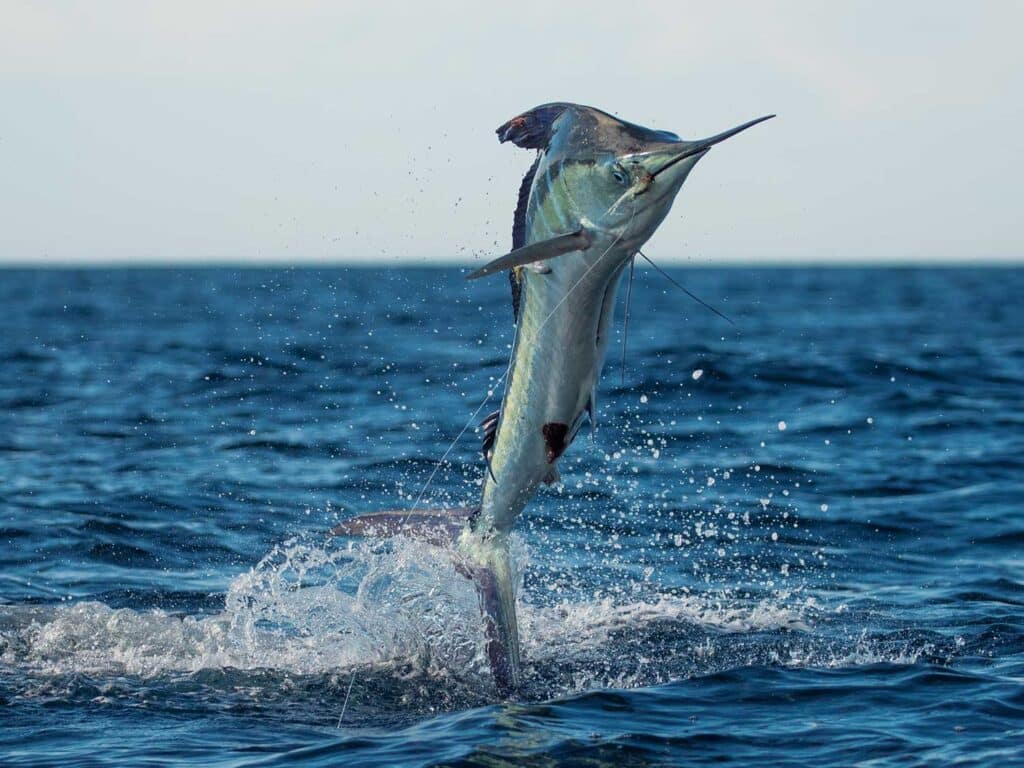
Mag Bay Lodge: Community Support and Lots of Striped Marlin
Toby Larocque is the owner of Mag Bay Lodge. Situated in Puerto San Carlos on the Baja Peninsula, the lodge is about a five-hour drive north from Cabo San Lucas. Surrounded by desert and striped marlin, Mag Bay Lodge was the original land-based lodge serving Mexico’s Magdalena Bay. Its fleet of sport pangas and center-consoles fishes year-round. The high season, the prodigious striped marlin bite, runs from October through January.
Mag Bay Lodge is a full-service operation. It picks up guests from the airport and brings in provisions from the nearest large town, a 45-minute drive away. When describing the lessons he’s learned and what’s surprised him over the course of owning the lodge, Larocque brings up two common themes among lodges: support from the communities within which they operate and the reception of the guests that they host.
“The people in San Carlos are super supportive. Our staff lives there. We employ 20 people,” Larocque explains.
“We also really appreciate that people love the experience so much. Many of our guests come back year in and year out. The fishing in Mag Bay is so good that it still surprises us sometimes.”
This, in fact, is one of the main charms of remote fishing lodges. In their operation, lodges translate healthy fisheries into long-term, sustainable employment for the people who live in the region. In doing so, they bring joy to all those who are fortunate enough to visit them.
